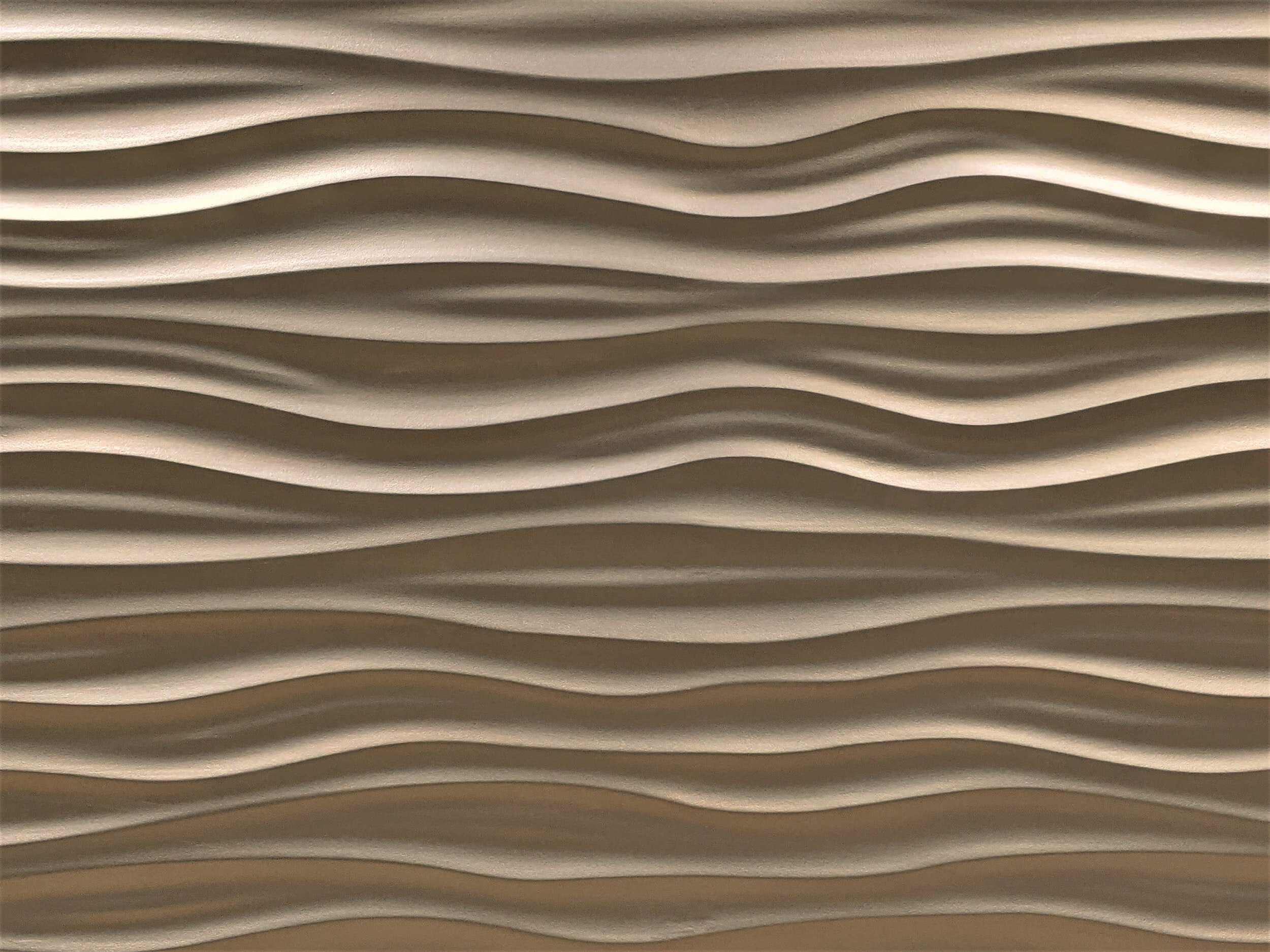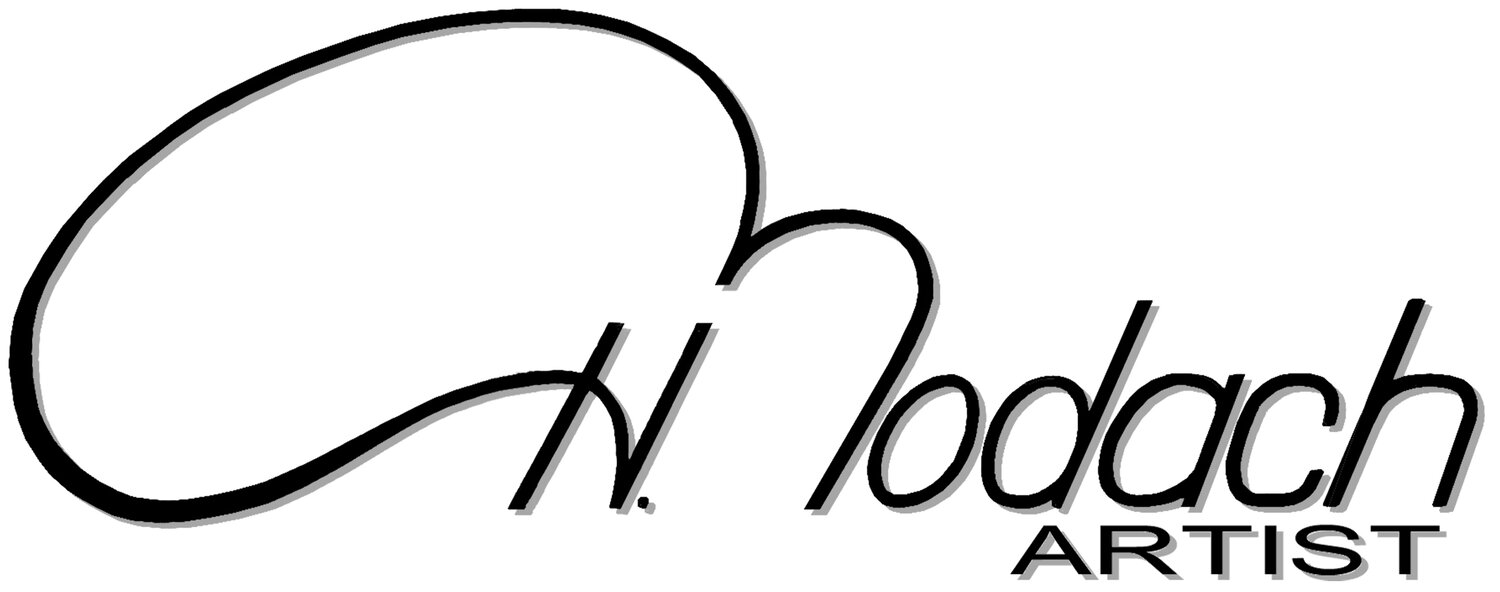
LIMITED EDITION
ART
REPRODUCTIONS
Reproductions or prints of original art are created with limited numbers available. This partially increases the value of reproductions or prints (whether giclée or a paper print). For example, if only 250 prints of a painting are going to be produced, each print gets its own registration number and an indication is given as to what the total print run was. So, if you bought the first print, 1/250 produced as a giclée or paper edition print, it would be considered of the higher value then the last print 250/250. There are the so called “Artist Print” which are sold at higher prices or not at all, if kept by the artist. The lower the print run overall, the higher the value in the secondary market for reproductions. The offset Litho Paper prints are all hand signed personally by the artist as well. There is also a printed certificate that goes along with reproductions that tries to reassure the buyer of its higher quality.
PRODUCTION AND SALE OF LIMITED EDITION REPRODUCTION PRINTS OF ORIGINAL ARTWORK BY HARVEY BODACH ARE CURRENTLY UNDER REVIEW
COMING SOON
THE ART OF
HARVEY BODACH
A CANADIAN LANDSCAPE AND WILDLIFE ARTIST
Three Types of Limited Edition Artwork Available
Giclée Canvas Editions
A giclée canvas (zhee-CLAY) is an individually produced, high-resolution, high- fidelity reproduction done on a special large format printer. Giclée, a French term meaning “spraying of ink” is produced from a digital scan of the original artwork. The printing is done on an archival, museum quality canvas with the application of a fine stream of ink. More than four million droplets per second, is sprayed onto a specially treated canvas. They are treated with the same varnish as original paintings are. This eliminates the possibility of inks fading and the need for matting or glass.
In Most cases, each giclée will be approved by the artist personally. This helps to reassure buyers of a canvas reproduction that it is the best representation of the original artwork. Each giclée is hand-signed by artist and includes a “Certificate of Authenticity.” The giclée reproductions are also limited editions and quantity is low to ensure their exclusivity. These giclée reproductions will come in either stretched and ready to frame or rolls. Oversized canvases can be shipped rolled with stretcher bars provided.
Giclée are quickly becoming the new standard in the reproductions art industry. They are the closest best duplication ever of an original. Giclées reproduction can be flexible when offering both enlarged or reduced sizes from the original with the costs adjusted accordingly. Giclées are moisture resistant, and can be wiped off with a damp cloth if needed. They are also fade resistant. A special varnish applied to the gicle´es will protect it from fading or colors bleeding. They do not reqiure glass coverings, Therefore spotlighting is encouraged to illuminate the color and detail of a giclée reproduction.
Offset Litho Paper Editions
Not everyone chooses to own original art and affordably may be the biggest factor. Offset Lithography prints which have been around for many decades offer a good alternative. More people are choosing to own and enjoy copies of artwork rather then owning an original.
The process starts with a high quality photographic image being taken of the original and transferring it to a metal plate. Then from this plate the printing process begins with the use of both process colour inks (CMYK-Cyan, Magenta, Yellow and Black) and pantone (ready mixed) colour inks, Rubber rollers carry the inks like a printing blanket, causing the image to be transferred from metal plate to paper. These additional ready mixed inks when used do enhance specific areas of the image and with that increase the both cost and value of print.
The inks used are of the highest quality fade-resistant products. Limited edition offset lithographs are printed on high-quality, acid-free papers as well. Working on the premise that ink and water do not mix, the plate cylinder rotates inside the press and the inking and damping rollers distribute ink and water over the plate. The water acts as a carrier for the ink as it rests in suspension in the water.
Each print is hand-signed by the artist with sequentially numbered copies indicated on the paper. Accompanying the print is a “Certificate of Authenticity.” This all adds to the value of the print.
Even when high quality fade resistant inks and acid free papers are used, over long periods of time, paper prints can wrinkle and/or fade due to moisture and direct light. Besides framing the print, it also requires a surrounding mat and glass. This adds to the overall weight and cost of the finished product.
Lithograph Stone Editions
An original piece of artwork by a famous artist is expensive. A lithograph print is more affordable but still carries the reputation of being exclusive. Low quantity of printing increase their value.
This print process is described by the very word lithography, which comes from two Greek words: ‘lithos’ meaning stones and ‘graphien’ means to write. Printing by lithography began in 1798 by a German author, Aloys Senefelder, who was looking for a practical way to publish his plays. He called this new process chemical printing. Stones were used as the preferred printing surface,
By the 1850s, stones were replaced with metal plates, first zinc then copper in the 1890s. The lithograph stone process of printing is from a plane surface (such as a smooth stone or metal plate) on which the image to be printed is ink-receptive and the blank area ink-repellent. It’s a unique yet old method of printing based on the principle that water and oil do not mix.
The difference between a lithograph and a print is that a lithograph is a hand pulled original copy whereas a print is a reproduction that is made via various printing methods and machine presses. A lithographic is created by drawing an image directly onto a flat printing surface of stone or metal plate, using materials like oil-based inks, crayons, pencils, etc. From the drawing the prints are inked, pressed and pulled. Images are then transferred to a sheet of paper.
Lithographs are often confused with other forms of printmaking. Considered the true print, lithographs will also deteriorate, fade and discolor over time. Exposing lithographs to direct sunlight or UV rays can hasten deterioration too.

HISTORICAL CONTEXT
Whether you’re an serious art collector or a fine art connoisseur, there is often some level of confusion over what is a lithograph is and ‘where the process originated. It is also difficult to distinguish an authentic print art technique in relation to other printmaking processes.
Unlike many print arts and crafts practiced today, lithography has preserved a fairly authentic record of its origin. It goes back to the prints created by early masters like Albrecht Dürer who used etched wooden blocks and Rembrandt Harmenszoon van Rijn who etched metal plate for prints. Artists have been intrigued with this unique printmaking technique, as they were able to draw and paint directly onto the printing plate. Many renowned modern artists, including Pablo Picasso, Andy Warhol, and Marc Chagall, have used this method for their art as well.
Throughout the nineteenth century lithography was the primarily graphic art form. Stones were the preferred printing surface. By the end of the nineteenth century, stones were replaced with zinc and aluminum plates. After the Centennial International Exhibition in 1876 in Philadelphia, lithography gained significant exposure and really began to flourish.
